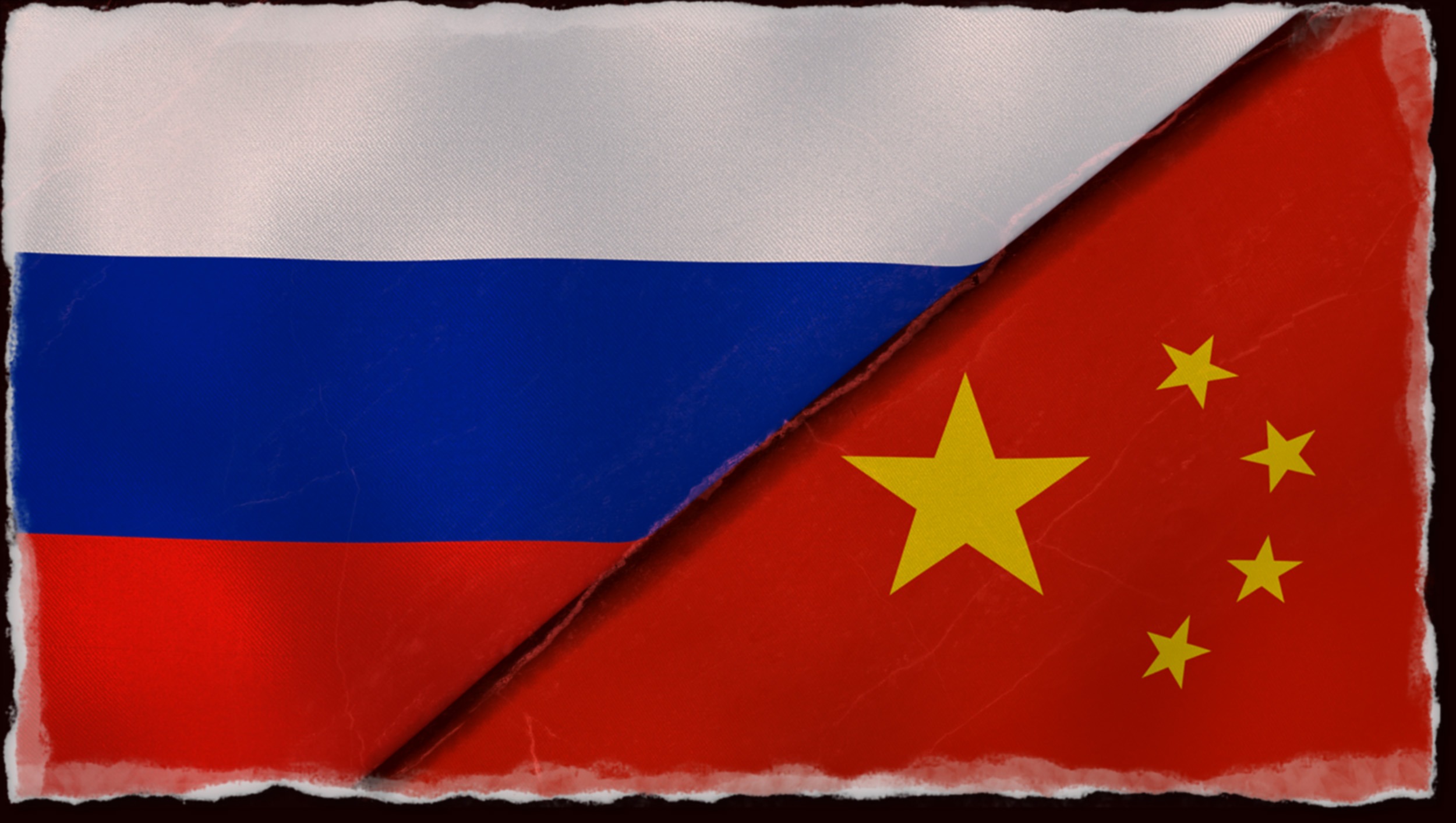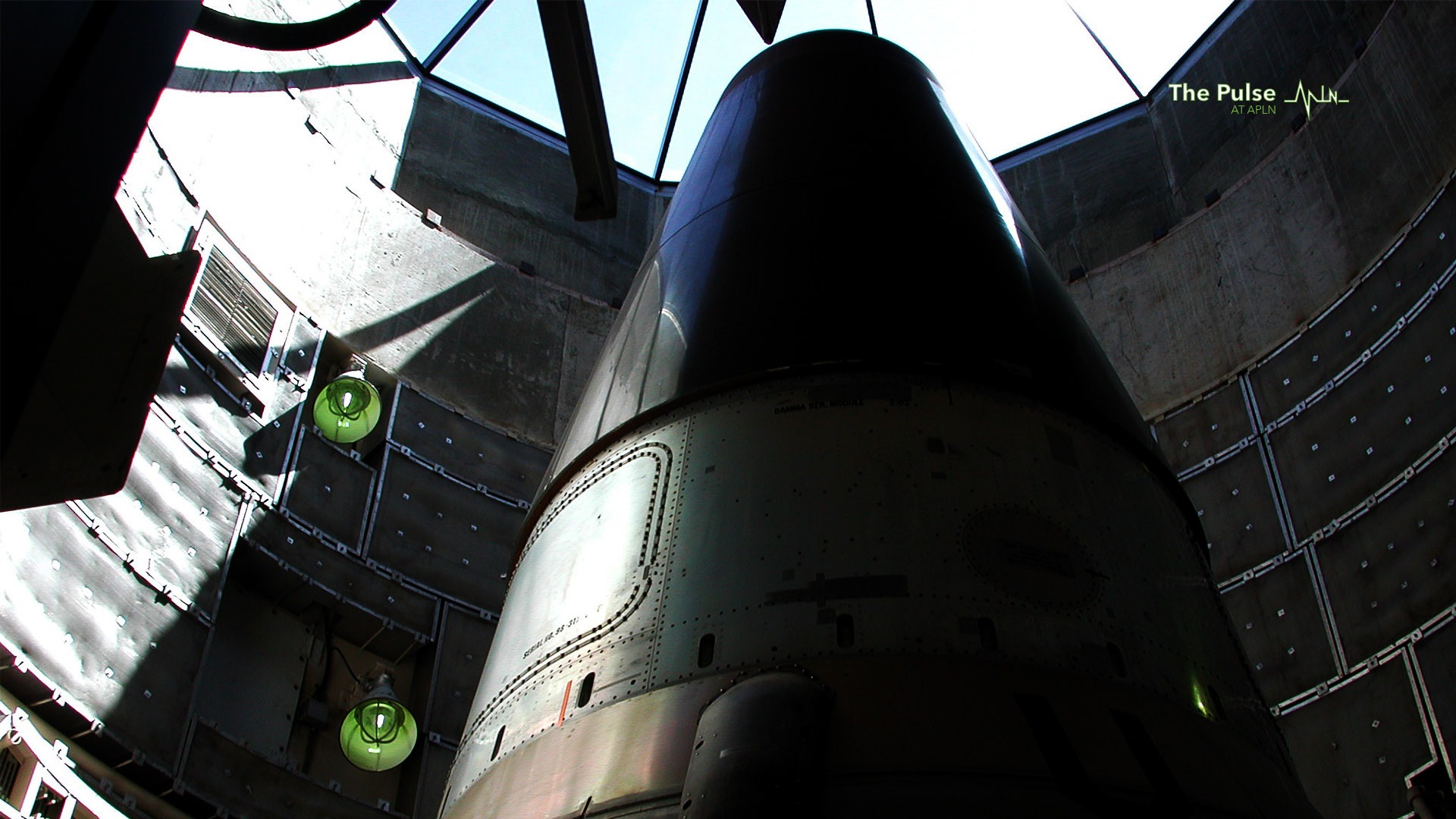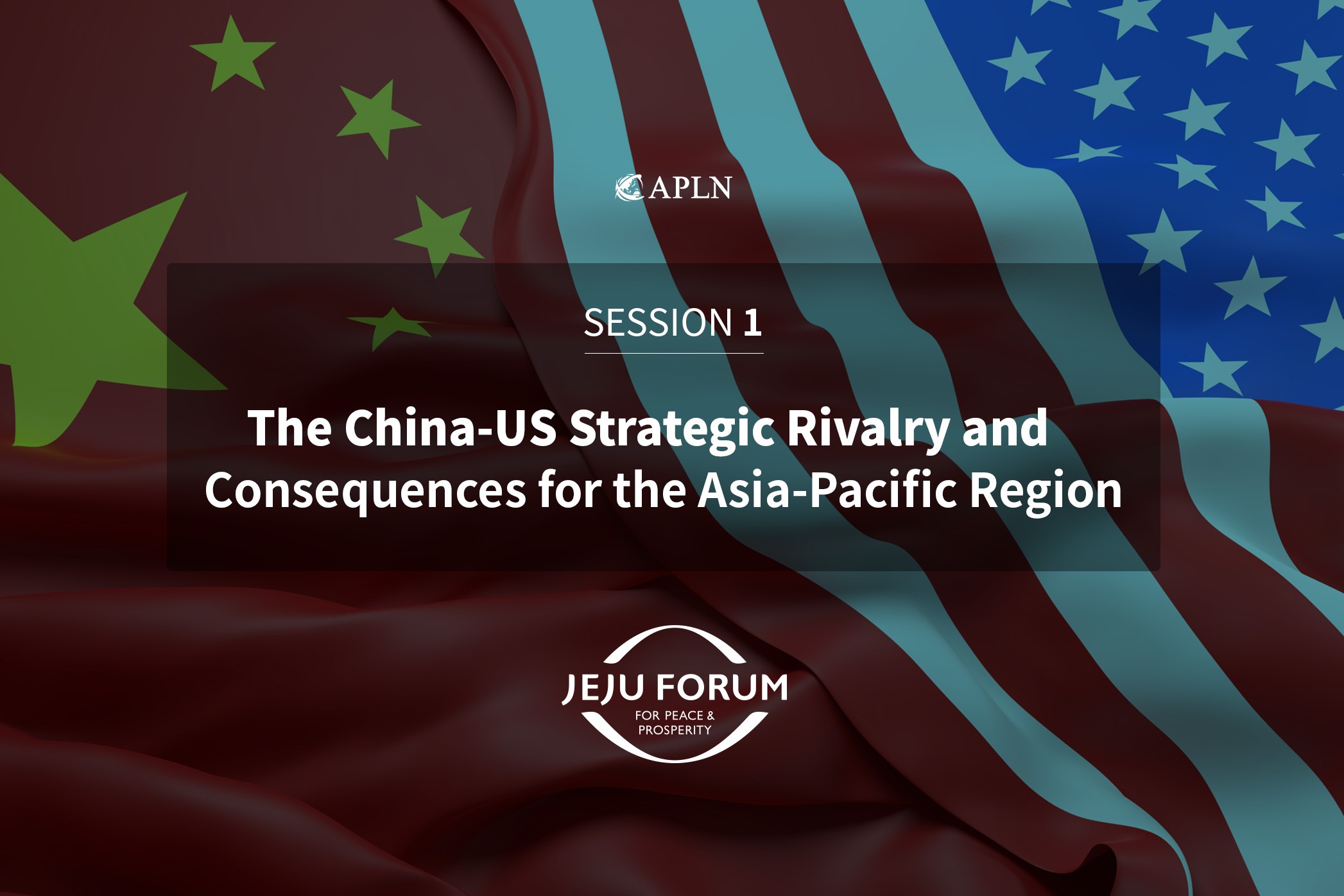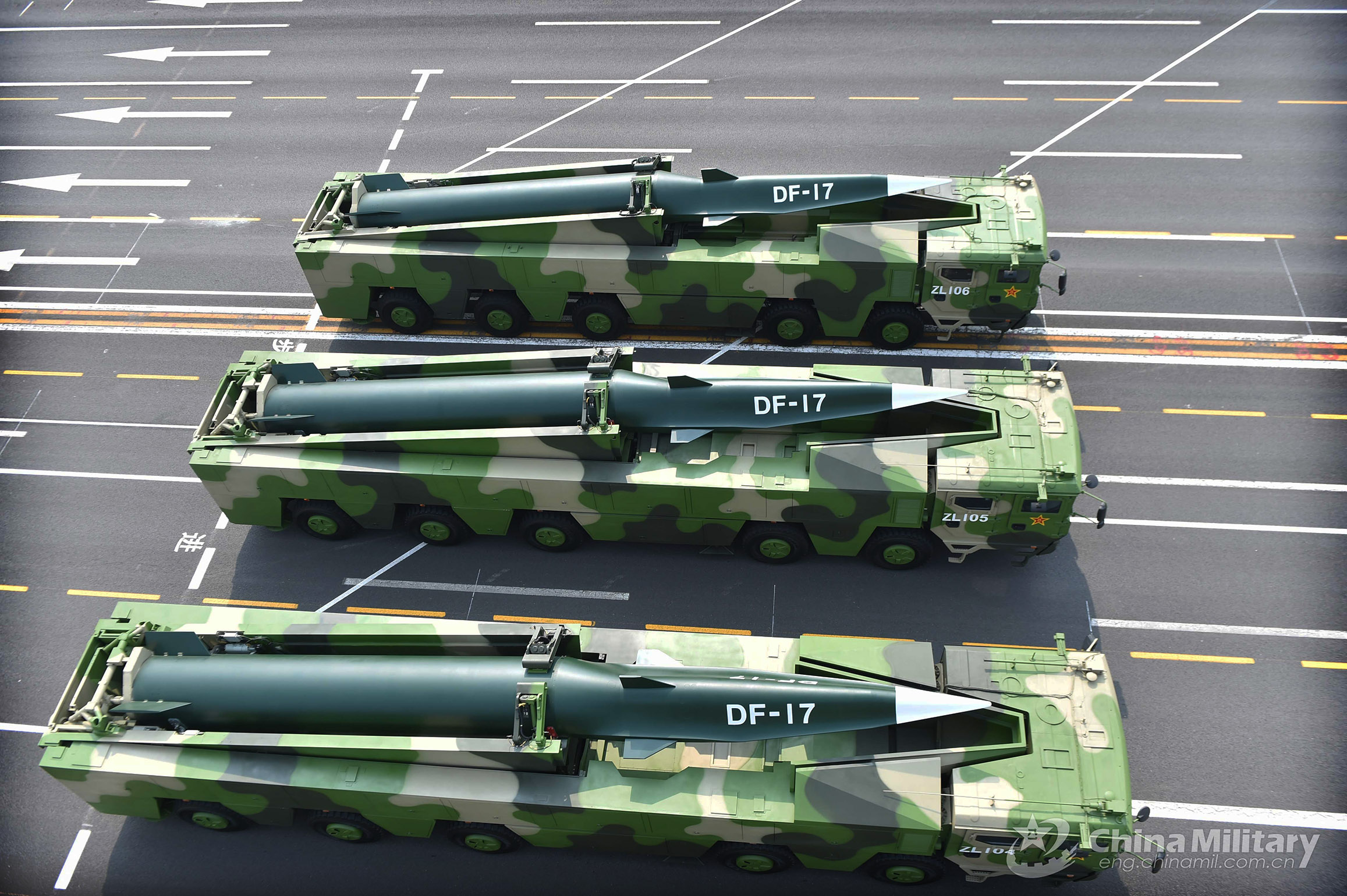Russia-China Relations: Deepening Cooperation and Avoiding An Alliance
On June 28, leaders of Russia and China announced the extension of the bilateral Treaty on Good-Neighborliness, Friendship and Cooperation for another five years. The document received praise as a solid legal foundation for dialogue between Moscow and Beijing. However, current relations between the two capitals differ dramatically from the time the treaty was first signed in 2001. Expansion of bilateral ties, including cooperation in the security domain, triggered intense speculation about the prospect of a formal Russia–China alliance. In both states, those who favor such an arrangement claim it would send a powerful signal to states that openly treat Moscow and Beijing as adversaries.
The existing treaty does not recognize the two as allies. It provides grounds for collaboration between their armed forces but does not contain obligations of mutual help in case of war. Its prolongation rather than replacement by a more ambitious document runs against expectations regarding the transformation of the Russia–China entente into a traditional military bloc. It follows a long chain of skeptical comments by officials on both sides regarding the utility of such a scenario.
Instead of a steadfast drive toward an alliance, the rise of Russian–Chinese military cooperation reflects a dualistic strategy. An upgrade of mil-to-mil cooperation between the two powers serves primarily as a warning to preempt mutual defense commitments, while also creating preconditions for their credibility in case this signaling fails. So far, Moscow and Beijing recognize the downsides of dividing Asia into two opposing camps. Yet, they also feel an urge to hedge against a potential ‘Indo-Pacific NATO’ triggered by the evolution of the Quad.
Friendship without an Upper Limit?
Russia–China military relations have had a volatile and inconsistent history. Nevertheless, since the late 2010s they have experienced a qualitative surge across several dimensions, including arms sales, training exercises and patrolling near common borders. The two sides broadened the geographic area of their joint operations, conducting drills in the Baltic, the Caucasus and the South China Sea. The announcement of Russia’s contribution to the Chinese missile launch detection system signifies that cooperation has extended to the most sensitive domains of national security.
These practical developments accompanied intense political coordination between Moscow and Beijing throughout the 2010s, which occurred amid their deteriorating relations with the United States and its allies. In March 2021, the Foreign Minister of the PRC, Wang Yi claimed that Russia–China cooperation “sees no restricted area or upper limit”. Meanwhile, Russian President Vladimir Putin praised China as a “natural ally” back in 2014. However, so far, these statements have not led to the announcement of a formal alliance between the two parties.
In October 2020, President Putin, while answering a direct question about the prospects of such an alliance admitted that “theoretically it can be imagined”. Nevertheless, he also claimed relations between the two states had “reached such level of cooperation and trust” that they do not require the formalization of mutual defense commitments. Meanwhile, Chinese representatives repeatedly refer to Beijing’s general policy of avoiding binding commitments in national defense matters. Thus, the two powers invest in interoperability while retaining flexibility regarding scenarios of potential armed support of the other side.
Alliances as a Double-Edged Sword
Formal alliances presume a treaty-based association between parties containing promises of military assistance in armed conflicts. Throughout history, states facing external threat have turned to such arrangements in order to commit like-minded parties to collective deterrence and defense and signal common resolve to potential adversaries. The recent resurgence of great power rivalry has recreated the type of conditions under which alliances have historically flourished.
However, alliances do not necessarily provide comfort. Instead, they often invite escalation dangers. In addition to serving defensive purposes, they create the preconditions for offensive actions. Thus, alliances can exacerbate the deterioration in relations with those excluded from the club. The latter have limited capacity to differentiate between benign and aggressive coalitions. This dynamic, if left unchecked, can lead to the division of international politics into opposing blocs. As a result, the search for greater security produces a more fearful and unstable environment.
Moscow and Beijing are acutely aware of the negative repercussions of formal alliance commitments. They both routinely criticize the divisive alliances maintained by the United States, accusing Washington of promoting exclusive blocs at the expense of collective security mechanisms. Both states have proposed initiatives to advance the creation of an open, inclusive, equitable, and transparent security architecture in Asia. A formal Russia –China defense agreement would undermine the very rationale underpinning these proposals.
It would also antagonize their regional partners, despite the efforts of both powers to promote broad networks of cooperative ties across Asia. This risk is especially acute for Moscow, which has developed privileged relationships with India, Japan and Vietnam, despite their suspicions if not outright concerns regarding China. The current arrangement provides sufficient ambiguity for Russia to continue to sit on two chairs, whereas a formal alliance would undermine the regional standing of Moscow (and Beijing) on various fronts.
A Tool for Nothing?
In addition to the potential blow to their relations with third parties, a military alliance would be of limited relevance to the security concerns of Moscow and Beijing. Both powers view deepening confrontation with the United States primarily in terms of economic restrictions, public demonization campaigns and anxiety over meddling in domestic affairs. Military activity serves for coercive demonstrations, but direct armed clashes between the nuclear powers remain an unlikely scenario in the current circumstances.
However, there are no guarantees that the situation will not change in future. Russia and China express growing concerns regarding the U.S.-led Quadrilateral Security Dialogue, viewing it as a potential Indo-Pacific twin of the Euro-Atlantic NATO. The rapid institutionalization of the Quad with its increasing military component (for example, Australia’s incorporation into the previously trilateral MALABAR exercises) reinforces their suspicions.
The preceding network of American bilateral alliances (commonly referred to as ‘hub and spokes’) while not entirely comfortable for Russia and China left space for flexibility in regional dynamics. Its effects were mitigated by a consensual culture of deal-making associated with the ‘ASEAN way’ doctrine, which explicitly contrasted to the Western tradition of polarizing institutionalization. Consolidation of a tightly connected U.S.-led vanguard of the ‘rule-based order’ would make Asia’s security environment more rigid and less conducive to diplomacy.
In this context, the strengthening military ties between Russia and China can be understood primarily as a political signal. Their primary purpose is to prevent the very need for a formal alliance. Neither Moscow, nor Beijing have any illusions about convincing Washington to abandon its Indo-Pacific plans. However, the two powers seek to warn other regional players regarding the risks of following U.S. initiatives, contributing to an explicit division of Asia into opposing blocs.
In a sign of reassurance, Moscow and Beijing have avoided announcing a formal alliance, retaining ambiguity regarding the potential conditions of mutual support. Meanwhile, they are increasing their practical interoperability, which will make potential commitments credible if they become inevitable. In a way, Russia and China in Asia mirror the policies of NATO in Europe. The latter steps up cooperation with countries like Finland or Sweden without extending Article 5 commitments. The weak point in this approach is the presumption that potential audiences will accurately interpret the mix of warning and reassurance.
Conclusion
In 2018, in his famous pronouncements, Singaporean Prime-Minister Lee Hsien Loong expressed a wish for ASEAN not to be forced to take sides in a geopolitical competition. Russia and China are demonstrating a similar reluctance to carve Asia into opposing camps. However, their efforts to preempt this eventuality lie in demonstrating to others that they will be able to act as allies if need be.
About the Author
Dr. Igor Istomin is an Associate Professor of the Department of Applied International Political Analysis at the Moscow State Institute of International Relations (MGIMO University). He is also a Davis Senior Fellow at Harvard University’s Davis Center.
Disclaimer: The opinions articulated above represent the views of the author(s) and do not necessarily reflect the position of the Asia Pacific Leadership Network or any of its members. The APLN’s website is a source of authoritative research and analysis and serves as a platform for debate and discussion among our senior network members, experts and practitioners, as well as the next generation of policymakers, analysts and advocates. Comments and responses can be emailed to apln@apln.network.
Image: APLN/iStock, Maksym Kapliuk.




